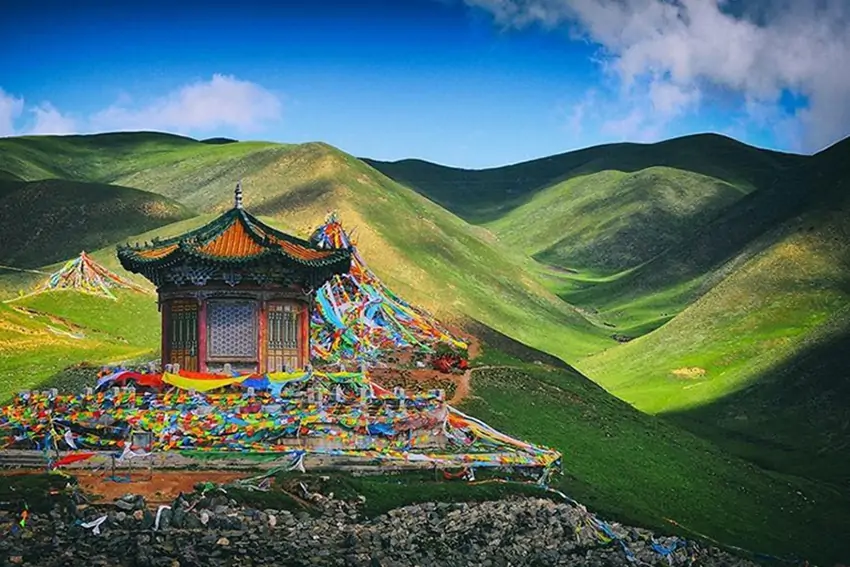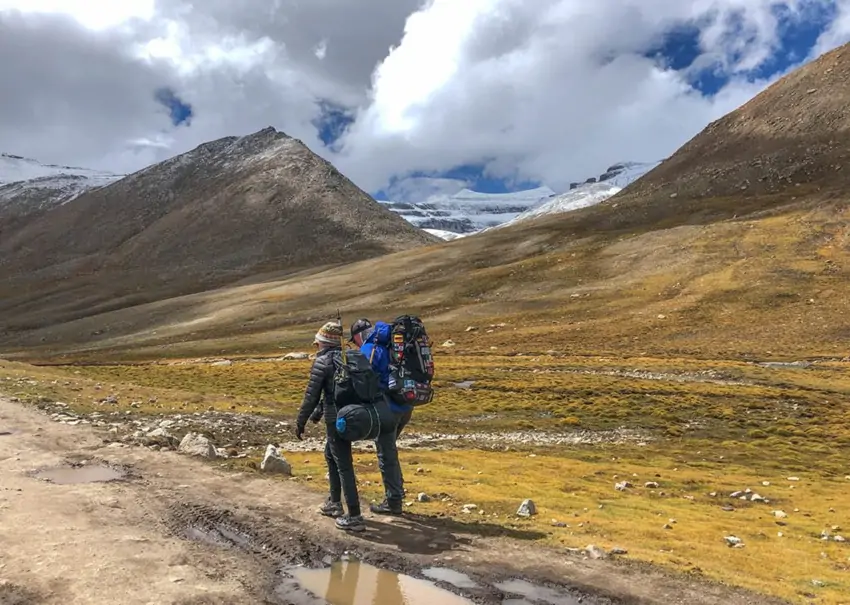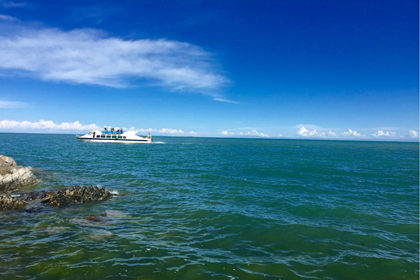Discover Qinghai Lake China: A Mesmerizing Travel Experience
A place where azure waters meet majestic mountains, where the air is crisp, and the landscapes are untouched. Welcome to Qinghai Lake China, a hidden gem nestled in the northeastern part of the Tibetan Plateau. This breathtaking destination is perfect for travelers seeking tranquility, adventure, and a deep connection with nature. Whether you’re planning a tour of Qinghai Lake China or curious about where it is, this guide will help you discover the magic of this extraordinary place.

Where is Qinghai Lake in China?
For those wondering, "Where is Qinghai Lake in China?" Qinghai Lake is located in Qinghai Province, roughly 100 kilometers west of Xining, the province's capital. It is the largest saltwater lake in China, perched at an elevation of 3,200 meters (10,500 feet) above sea level. This high-altitude location adds to its allure, offering travelers stunning panoramic views of both the lake and the surrounding mountains. Known locally as Kokonor, this lake is a vital part of the region's natural and cultural heritage.

Getting to Qinghai Lake
Most travelers begin their journey to Qinghai Lake from Xining, which is easily accessible by both air and rail. From Xining, you can either rent a car, join an organized tour, or take a public bus to the lake. The drive, which takes about two to three hours, is an experience in itself, offering scenic views of rolling hills, expansive grasslands, and the distant silhouette of towering mountain ranges.

Tour of Qinghai Lake China
Embarking on a tour of Qinghai Lake China is like stepping into a world of natural beauty and cultural richness. The lake spans over 4,400 square kilometers (1,700 square miles), making it a vast and diverse landscape to explore. Here are some of the top attractions and activities you should include in your itinerary:
1. Bird Island
One of the most famous spots around Qinghai Lake is Bird Island, located on the lake’s western shore. This small island is a birdwatcher's paradise, especially between April and June when thousands of migratory birds arrive to nest. The island comes alive with the sounds and sights of various bird species, making it a must-visit for nature enthusiasts.

2. Erlangjian Scenic Area
Erlangjian Scenic Area is one of the most accessible and tourist-friendly areas around Qinghai Lake. Here, you can enjoy a boat ride across the lake, rent a bicycle to explore the scenic shoreline, or simply relax while taking in the views. The area also features a visitor center that offers insights into the lake's ecology and history, enriching your travel experience.

3. Sun and Moon Mountain
Located southeast of Qinghai Lake, Sun and Moon Mountain is steeped in history and legend. It is said that Princess Wencheng of the Tang Dynasty passed through this area on her journey to Tibet. The mountain offers incredible views of both the lake and the surrounding countryside, making it a favorite spot for photographers and history buffs alike.

4. Chaka Salt Lake
Although not part of Qinghai Lake, Chaka Salt Lake is often included in tours due to its close proximity. Known as the "Mirror of the Sky," Chaka Salt Lake is famous for its reflective surface, which creates an almost surreal visual experience. A visit here complements the natural beauty of Qinghai Lake and offers an unforgettable photo opportunity.

Qinghai Lake Northern China: A Cultural Journey
Qinghai Lake is not just a natural wonder; it's a cultural treasure trove. The area around the lake has been home to various ethnic groups for centuries, including Tibetans, Mongolians, and Hui Muslims. Each group has left its mark on the region, creating a unique cultural mosaic that adds depth to your visit.
1. Tibetan Influence
The Tibetan culture is deeply ingrained in the area around Qinghai Lake. Many villages are predominantly Tibetan, characterized by their traditional houses, prayer flags, and monasteries. One significant Tibetan site is Kumbum Monastery, located about 150 kilometers from the lake. Founded in 1583, this monastery is one of the most important centers of Tibetan Buddhism and offers a fascinating glimpse into the region’s spiritual life.

2. Hui Muslim Traditions
The Hui Muslims are another significant ethnic group in the Qinghai Lake region. Their presence is most evident in the local cuisine, which blends Tibetan, Mongolian, and Islamic influences. Be sure to try local specialties like hand-pulled noodles, mutton stew, and yak butter tea for an authentic taste of the region.

Mountains and Lake Qinghai China: Adventure Awaits
Qinghai Lake is a paradise for outdoor enthusiasts. The combination of mountains and lake at Qinghai China offers endless opportunities for adventure, from hiking and trekking to cycling and photography.
1. Hiking and Trekking
The area around Qinghai Lake offers a variety of hiking and trekking routes, catering to all levels of experience. Whether you prefer a gentle walk along the lakeshore or a challenging trek through the surrounding mountains, you'll be rewarded with spectacular views of the landscape. The trek from Qinghai Lake to Gangcha County is particularly popular, taking you through diverse terrain, including grasslands, meadows, and mountains.

2. Cycling Around the Lake
For those who prefer to explore on two wheels, Qinghai Lake offers a 360-kilometer (224-mile) cycling route around the lake. This loop is a favorite among cycling enthusiasts, providing a unique way to experience the area's natural beauty. The annual Qinghai Lake International Cycling Race is a highlight for both participants and spectators, showcasing the stunning landscapes that make this region so special.

3. Photography
With its striking combination of blue skies, snow-capped mountains, and shimmering waters, Qinghai Lake is a photographer's dream. Whether you’re capturing the early morning light, the reflection of the mountains in the lake, or the vibrant colors of the local culture, you’ll find endless inspiration for your photos.

Planning Your Visit
The best time to visit Qinghai Lake is from May to September, when the weather is most favorable and the landscapes are at their peak beauty. During this time, the lake is surrounded by lush green grasslands and blooming wildflowers. However, even in the summer months, temperatures can be cool, especially at higher altitudes, so it’s advisable to bring warm clothing.

 Flow us
Flow us






